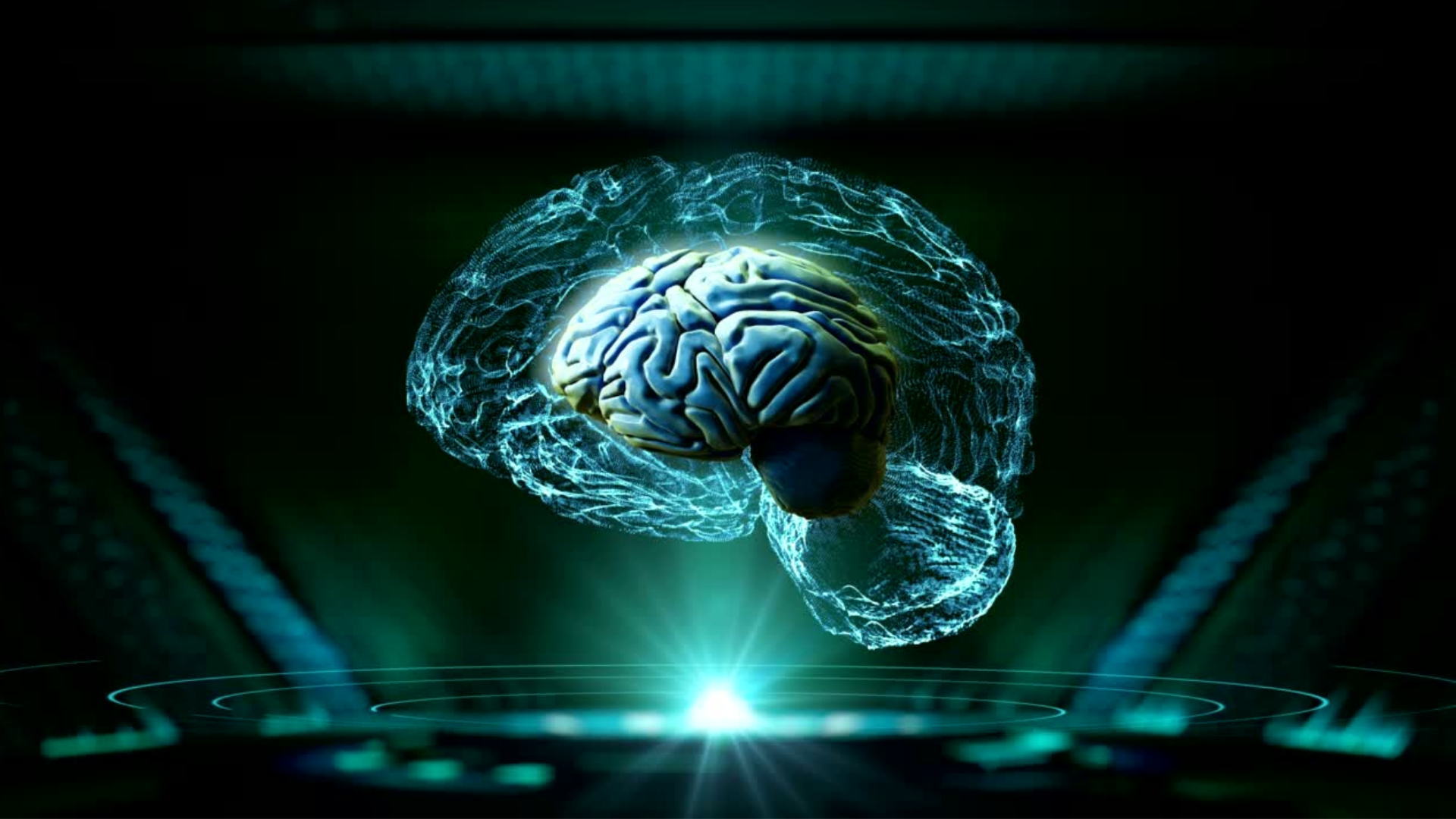”The brain is wider than the sky.” Emily Dickinson.
I have been fascinated by neuroscience since I started studying to become a licensed practitioner in Neuro-Agility Profiling. Then last year, I came across a webinar from Due Quach on her work about brain activation.
According to her, everyone has three patterns of brain activation, and we develop wisdom by recognising these patterns according to Due Quach. Leaders are critical because they influence team behaviours by steering brain activation, and they can do this consciously or unconsciously.
Three patterns of brain activation
Brain 1.0
The first pattern is called Brain 1.0. The self-preservation system is linked to the brain’s survival part. It is located in the amygdala. It triggers the flight-fight-freeze response in people. When someone operates from this state, they tend to smash physically or figuratively, causing destruction. People feel overwhelmed by information, workload etc. There is never enough time, money etc., and they feel they cannot keep up with the performance expectations. When people are in a state of brain 1.0, their behaviour is to fight or withdraw, which triggers backlash and shutting down. You can also see unhealthy conflict and avoidance in such a culture. When a team or an organisation operates in Brain 1.0, toxic stress characterises that culture. Naturally, people don’t like to feel like this; therefore, they tend to escape into Brain 2.0 mode.
Brain 2.0
Brain 2.0 is the dopamine system that makes you chase rewards and acquires things. It’s tied to the basal ganglia of the brain, and it drives what we call instant gratification and status-seeking. It cares about being an alpha male or female, climbing up a social hierarchy, having control, power, and dominance. Many times, when you are in this state, what you are doing is simply chasing carrots. In the long run, when people talk about the pursuit of happiness, brain 2.0 is what drives the pursuit. The irony is that you can’t actually feel that happiness in brain 2.0. When you get what you want, there’s a short-term thrill and satisfaction, but then soon enough, you feel empty again, and then you chase something different. Remember when you completed the goal, you hardly enjoyed it and moved on to the next goal. It is called the hedonic treadmill or rat race driven by dopamine. But when you live in brain 2.0, it corresponds to high anxiety and a sense of emptiness. In Brain 2.0, hierarchy and egotism kick in, where people tend to judge and criticise with domination and resentment, especially when there are still Brain 1.0 members around. In full Brain 2.0 mode, people start participating, and interactions are more transactional. Interacting in Brain 1.0 and 2.0 can cause fragmentation, trauma, and dissociation.
Brain 3.0
When the Greeks talked about happiness, they used the word eudaimonia, which means flourishing. That’s actually a different part of the brain. Due Quach calls that pattern of brain activation Brain 3.0, which allows you to feel well-being and master your impulses in Brain 1.0 and Brain 2.0. It is tied to the prefrontal cortex and enables what people call executive functioning. When you are able to be in Brain 3.0, the voice in your head sounds like an inner sage. It helps you to hear your inner wisdom, to channel it. And as a result, it helps you see a bigger picture and a long-term view. Whereas in Brain 1.0, you are in survival mode, and in Brain 2.0, you are in competition mode, and you have tunnel vision, and it’s very short-term. But you must zoom out to see the long-term perspective and the bigger picture. Activating Brain 3.0 enables people to collaborate to manifest a shared vision of something that doesn’t yet exist and flow at a higher state of consciousness. They first contribute and support, then initiate and co-create. Brain 3.0 enables us to see and honour each other as human beings and create psychological safety.
When you as a leader operate from Brain 3.0, you lead Brain 1.0 employees with empathy and compassion, Brain 2.0 employees with inspiration and support and Brain 3.0 employees with collaboration and creativity.
Wholeness in Due Quach’s understanding means Brain 3.0 has integrated Brain 1.0 & 2.0. This enables leaders to be open, present, curious, peaceful, compassionate, and inclusive.
- Can you capture Brain 1.0, 2.0 and 3.0 operations in yourself?
- Can you capture Brain 1.0, 2.0 and 3.0 operations in your team and your organisation?
Source: WBECS 2021- The Neuroscience of Wisdom: Mindfully Build the Neural Networks for Emotional Intelligence by Due Quach

